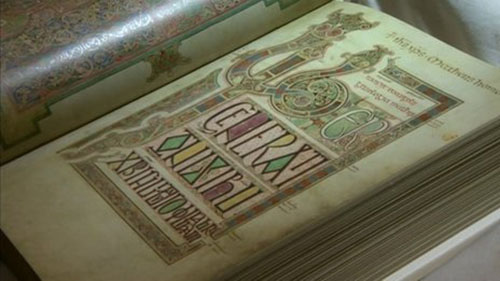Installation
Installing specialist lighting equipment in museums, art galleries, and historic houses requires careful planning, expertise, and attention to detail to ensure the preservation and presentation of valuable artifacts and artworks.
We can assist in the installation of most lighting equipment working closely with Architects, Designers, Showcase manufacturers, Institutions or Contractor’s.
Here are some steps and considerations for the installation process:
1. Assessment and Planning: Begin by conducting a thorough assessment of the space and the specific lighting requirements. Consider factors such as the type of artworks or artifacts being displayed, their sensitivity to light, the architectural features of the building, and any existing lighting infrastructure.
2. Consultation: Work closely with curators, conservators, architects, and other stakeholders to understand their requirements and preferences. Collaboration is essential to ensure that the lighting design meets the aesthetic and preservation needs of the space.
3. Lighting Design: Develop a detailed lighting design that addresses the unique characteristics of the space and the objects on display. This may involve selecting appropriate lighting fixtures, determining the optimal placement of lights, and specifying the type of lighting to achieve the desired effects while minimizing potential damage to sensitive materials.
4. Conservation Considerations: Take into account the conservation guidelines and best practices for lighting museum and gallery spaces. Use low-UV and low-IR lighting sources to minimize the risk of fading and deterioration of artworks. Consider implementing lighting controls such as dimmers and timers to regulate light levels and reduce exposure over time.
5. Installation Process: Work with experienced lighting technicians or contractors to install the lighting equipment according to the design specifications. Ensure that the installation is carried out with care to avoid damage to the building structure or any delicate objects.
6. Testing and Calibration: Once the lighting fixtures are installed, perform thorough testing and calibration to ensure that the lighting levels, colour rendering, and distribution meet the intended design goals. Make any necessary adjustments to achieve optimal results.
7. Documentation: Keep detailed records of the installation process, including lighting specifications, placement diagrams, and any adjustments made during testing. This documentation will be valuable for future reference and maintenance.
8. Training and Maintenance: Provide training to staff members responsible for operating and maintaining the lighting system. Establish a regular maintenance schedule to clean fixtures, replace bulbs, and monitor performance to ensure continued functionality and preservation of the collection.
9. Accessibility and Safety: Ensure that the lighting design complies with accessibility standards and safety regulations. Install lighting controls and signage to guide visitors safely through the space and minimize the risk of accidents.
By following these steps and considerations, you can successfully install specialist lighting equipment in museums, art galleries, and historic houses to enhance the viewing experience while preserving the integrity of the artifacts and artworks on display.


